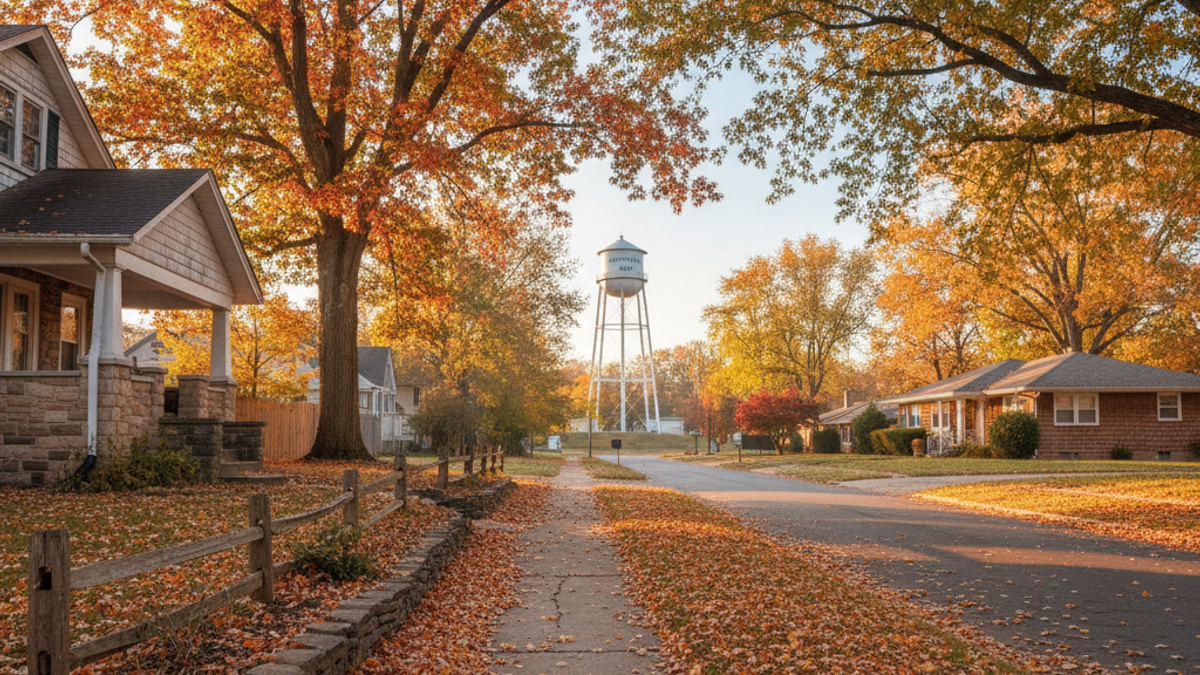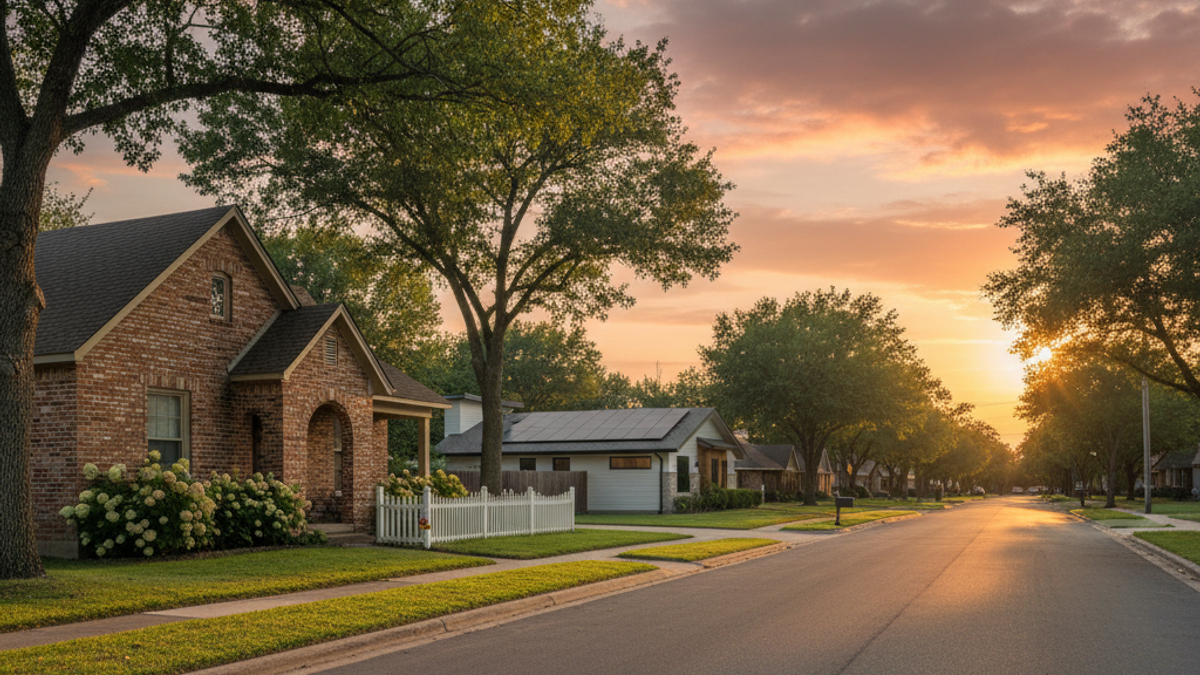Where on Earth Is Longwood, Anyway?
Sandwiched between the energy of Orlando and the sleepy lakes that dot central Florida, Longwood counts roughly 16,300 residents as of early 2025. That number has been inching up—about one percent per year—thanks to remote-work converts and Orlando commuters hunting for elbow room. Median single-family prices hover near $415,000 after a three-percent climb over the past twelve months, while town-homes and condos are averaging $285,000. Inventory is tight, yet not strangled. In short, Longwood sits at a crossroads—small-town vibe, big-city proximity, and a real-estate market that is neither bargain-basement nor runaway luxury. Let’s pull the curtain back.
The Upside: Why People Keep Landing in Longwood
You probably want the good stuff first. Fair. Here’s what current residents rave about.
People Look Out for One Another
Morning joggers wave. Shop owners remember your order. You can stroll the weekly farmers market, bump into the same faces, and suddenly realize you’ve swapped numbers with three neighbors. The city sponsors “Food Truck Wednesdays” plus the yearly Art & Craft Festival that takes over Historic Longwood. It all feels home-grown rather than corporate. You might not need to break out your big-city survival posture here.
Seminole County Schools Punch Above Their Weight
Longwood feeds into Seminole County Public Schools, which consistently post graduation rates in the low-to-mid 90-percent range. Several campuses hold Florida Department of Education “A” grades. Parents whisper about magnet offerings in STEM and the fast-track dual-enrollment options with Seminole State College. Even if you don’t have kids in tow, strong schools typically prop up property values. A little built-in equity insurance never hurts.
Greenspace Galore
Wekiva Springs State Park sits ten minutes northwest. Paddleboarding the emerald river at sunrise? Absolutely doable before your first Zoom call. Reiter Park’s splash pad keeps little ones busy; the boardwalks at Big Tree Park let you meet a 2,000-year-old bald cypress named Lady Liberty. Long story short, nature therapy here is free, abundant, and open all year.
Commute Flexibility
Hop on Interstate 4 and Orlando’s employment hubs flash by in twenty-five minutes on a good day. SunRail’s Longwood Station gives downtown riders a no-steering-wheel option. Remote workers cheer the fiber upgrades that have rolled through most subdivisions. In practice, you choose: car, train, or couch.
Cost of Fun Is Manageable
Ticket prices for the local theater troupe? Under twenty bucks. City-run sports leagues? Wallet-friendly. Dining out averages a tad lower than downtown Orlando, especially along Ronald Reagan Boulevard where small-plate joints still run weekday specials. Add in free outdoor movies every second Friday and you’ve got proof that you can keep boredom at bay without torching your credit card.
Healthcare Within Arm’s Reach
AdventHealth Altamonte, Orlando Health South Seminole, and multiple urgent-care spots sit within a seven-mile circle. Specialists ranging from cardiology to sports medicine lease space next to State Road 434. Translation: you’re not driving an hour for routine checkups, and emergency rooms aren’t across county lines.
Hurricane Prep Culture Is Second Nature
Floridians who’ve lived here forever know the drill. Longwood’s city team hands out advance sandbags, publishes evacuation maps online, and tests the storm-drain pumps each spring. That community muscle memory can calm newcomers who hear the word “hurricane” and picture disaster movies.
The Downside: Read This Before You Pack the U-Haul
No city is all sunshine, even in the Sunshine State. Here’s the flip side.
Sticker Shock on Historic Homes
The charming 1920s bungalows around West Church Avenue? Try $500k-plus and bidding wars that wrap before lunch. Renovations often trigger strict historic-district guidelines, so swapping windows or paint colors might require city approval. Skip the permits and you’ll learn the phrase “stop-work order” the hard way.
Traffic Can Test Your Patience
Interstate 4 ranks among Florida’s most congested corridors. Rush hour turns the Altamonte Springs interchange into a slow-crawl. SunRail helps but runs fixed schedules and stops service earlier than most night-owls prefer. Local buses? Limited. If you depend on public transit exclusively, day-to-day planning becomes a spreadsheet exercise.
Humidity That Hangs on You Like a Blanket
June through September brings dew points above 70. Translation: step outside and instant skin-glow. Energy bills spike as air-conditioners grind nonstop. If you’re moving from a dry climate, prepare mentally—and financially—for that power usage. Two words: programmable thermostat.
Property Taxes and Insurance Ride an Escalator
Seminole County’s millage rate is moderate, but rising assessed values are nudging annual tax bills into eyebrow-raising territory. Insurance adds its own punch. Statewide carrier exits have tightened the marketplace, so quotes over $3,000 per year on a mid-size home aren’t rare. Factor those numbers into your mortgage calculator before falling in love with a listing.
Limited Nightlife and “Big-City” Culture
Orlando’s Broadway tours and NBA games sit twenty minutes south, yet within Longwood proper, the clock strikes ten and lights dim. A handful of breweries, one wine bar, and karaoke at the bowling alley keep things lively in short bursts, but if you need rooftop lounges or late-night sushi, you’ll spend gas money.
New Construction Inventory Is Sparse
Most of the build-able land was spoken for decades ago. Fresh subdivisions now appear farther out in Sanford or Lake Mary. That means buyers craving brand-new, zero-maintenance homes often compromise on either size or address. On the flip side, older housing stock can hide cast-iron plumbing or galvanized wiring surprises.
Storm Season Realities
While hurricanes seldom barrel straight through Longwood, tropical storms toss limbs, flood low-lying streets, and occasionally knock power for a day. Generators and roof inspections become line-items in your annual budget. Some residents ace the routine; newcomers may find the prep work tedious.
So, Should You Move?
Longwood marries front-porch friendliness with Orlando’s job engine, offers river paddles at sunrise, and backs it up with well-ranked schools. On the other hand, you’ll wrestle with summer humidity, pay a premium for that 1920s craftsman, and tap the brakes on I-4 more often than you’d like. Your decision boils down to priorities. Need daily nightlife, a subway network, and four perfect seasons? Keep browsing. Crave a midsize city that feels like a small town, has nature two turns away, and won’t require a million-dollar budget? Longwood deserves a tour. Run the numbers, visit on a humid afternoon, and listen to your gut.
Quick-Hit FAQs for Buyers Eyeing Longwood
What is the median home price in 2025?
Single-family homes average about $415,000; condos hover near $285,000.
Are job opportunities nearby?
Yes. Health-care, tech, and hospitality employers in Orlando are within a thirty-minute radius, and remote-friendly fiber internet opens wider options.
How do local crime statistics compare?
FDLE data shows property-crime and violent-crime rates sitting mid-pack for Florida suburbs of similar size. Always review neighborhood-level numbers while touring.
Is flood insurance mandatory?
Only for properties mapped inside FEMA-designated flood zones. Still, many owners outside those areas pick voluntary coverage to hedge storm risk.
How reliable is the power grid during storm season?
Most outages last under twenty-four hours, though a direct hurricane hit can extend repairs. Portable generators are common backups.
What are typical property-tax bills?
A $415,000 home often incurs $4,500–$5,000 annually. Homestead exemptions can soften that blow for primary residents.
Does Longwood support electric-vehicle owners?
Yes. Public chargers sit at Reiter Park, the City Hall lot, and several grocery plazas, with more planned along State Road 434.
There you have it—the real-world pros and cons of living in Longwood. Tour the streets, run your calculations, and decide if this lakeside pocket of central Florida fits your next chapter.





